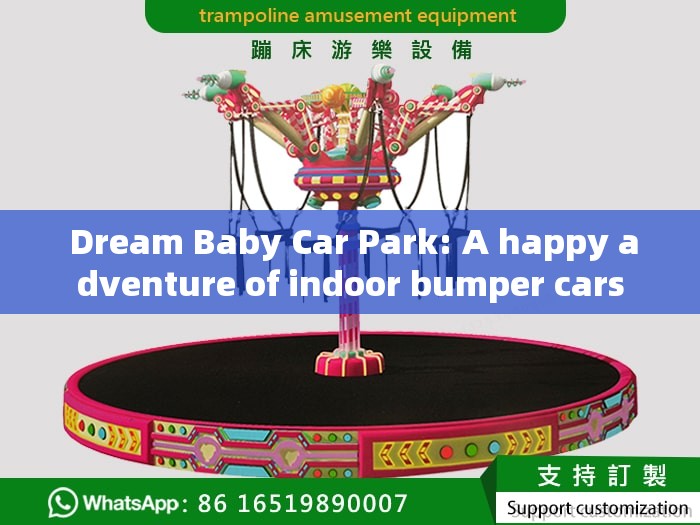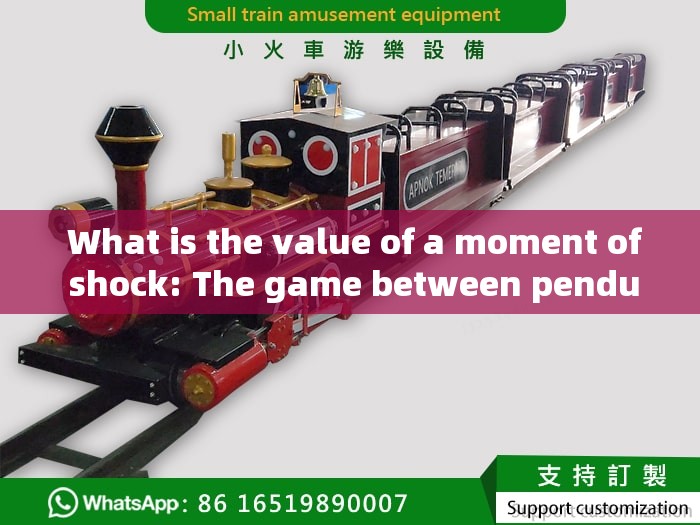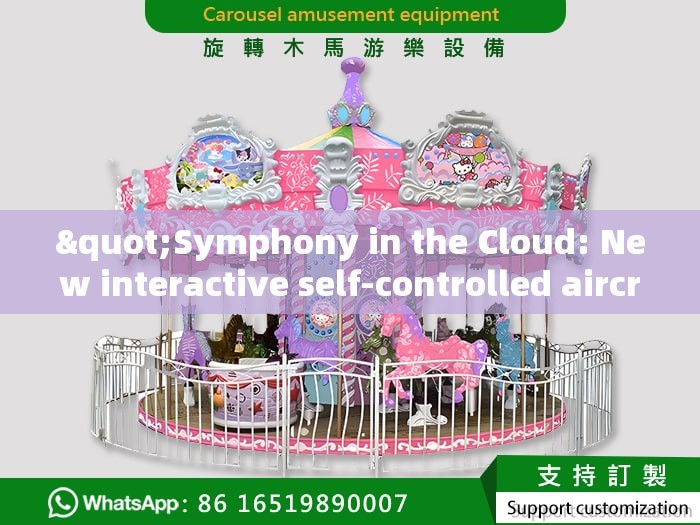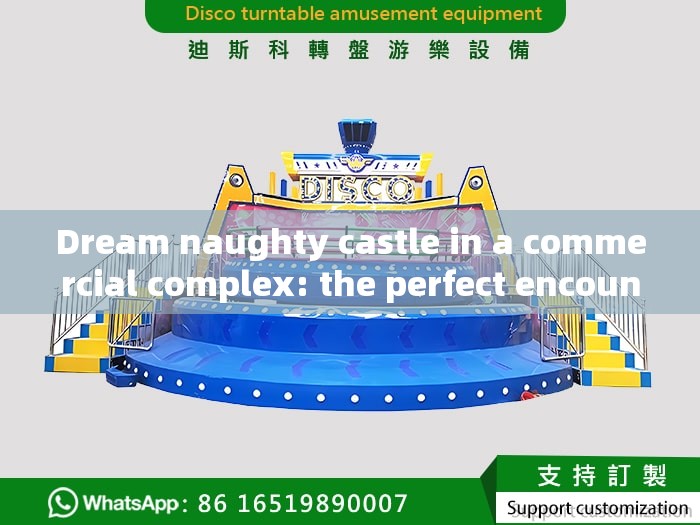On the blue waves of Fuxian Lake in Yunnan, a pitch-black wooden sailboat is splitting the waves. A skull is carved on the bow of the ship, the scarlet flag flying on the mast is fluttering in the wind, and twenty tourists on the deck are holding water guns in a fierce battle with the "pirates." This is not a Hollywood set, but a daily scene after the "Black Pearl", the country's first custom pirate ship project in a scenic spot, was put into operation. When traditional amusement facilities fell into the dilemma of homogenization, a number of pioneer scenic spots were using customized pirate ships to set off a "Caribbean storm" in the cultural and tourism industry.
1. From toys to theater: The 3.0 Evolution Theory of Corsair Ships
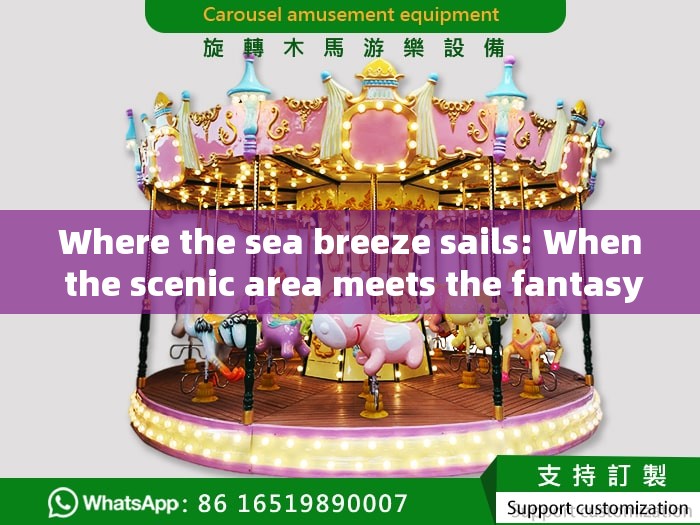
The first generation of pirate ships were steel swingers with fixed tracks in the park, allowing passengers to experience weightlessness at an altitude of 15 meters; the second generation product was upgraded to an electric antique sailboat, adding artillery effects and sound and light systems; now the customized version 3.0 in the scenic area has evolved into an immersive ocean theater.
In Qiandao Lake in Hangzhou, the "Ghost Boat" project built in a scenic spot cost 8 million yuan to transform a retired scientific research vessel into a smart vehicle that can "breathe". When tourists board the ship, the deck will sense the vibration of footsteps and trigger the mechanism. The holographic projection in the cabin immediately shows the tragedy of pirates slaughtering merchant ships a hundred years ago. What's even more amazing is that the AI system carried on the hull can adjust the plot trend based on tourists 'emotional data-if it detects that most people are holding their breath, it will trigger the hidden "Ghost Appear" special effect.
Behind this customized design is the scenic area's deep understanding of the "experience economy." A survey by a cultural and tourism research institute shows that 78% of Gen Z tourists believe that "participatory narrative" is more important than mere stimulation. When the pirate ship transformed from a mechanical device to a story carrier, the scenic spot received not only fare income, but also an entrance for secondary consumption. The per capita consumption of the "pirate themed restaurant" supporting the Qiandao Lake project reached 200 yuan, and an appointment was still needed one week in advance.
2. Customized passwords: How to build a profitable ship?
Each customized pirate ship is a three-dimensional representation of the DNA of the scenic area. In the ancient city of Langzhong, Sichuan, designers integrated Zhang Fei's facial features into the bow statue, and the muzzle of the gun was designed to have a bronze pattern unique to Bashu; a seaside scenic spot in Qingdao transformed the cabin into a miniature marine museum. When tourists turn the rudder wheel, AR technology will display it in real time. A map of historical shipwrecks in the sea area.
Technological integration is breaking through the boundaries of imagination. The "maglev pirate ship" developed by a technology company in Shenzhen achieves 360-degree rotation through an electromagnetic device at the bottom, and uses VR glasses to allow passengers to instantly "cross" into the Somali waters. What is even more amazing is that a grassland scenic spot combines dryland pirate ships with wind power generation. When the sails are unfolded, it is both a landscape installation and power a night light show.
Cost control also requires wisdom. Compared with purchasing complete equipment, customizing the hull can save 30% of the cost. A scenic spot in Zhejiang cooperated with universities to use 3D printing technology to make hull decoration parts, which not only ensured artistic quality but also reduced maintenance costs. The operator revealed that through the dynamic pricing system, weekday fares can be reduced by 40%, but due to the word-of-mouth spread brought by the unique experience, the weekend occupancy rate still remains above 95%.
3. Under the tide: How can customization reshape the cultural tourism ecosystem?
When scenic spots above 4A level in 15 provinces began planning pirate ship projects, this change has gone beyond single equipment innovation. In Wuyuan, Jiangxi Province, Huangling Scenic Area combines customized boats with the night scenery of ancient villages to create a special route of "night sailing and enjoying lanterns", which has increased the number of tourists in the off-season by 210%; a scenic spot in Chongqing has also developed a "pirate ship wedding" product, where the couple completed the water oath under the auspices of the captain. Although the package price reaches 30,000 yuan, the supply is still in short supply.
This kind of innovation is forcing the upgrading of the industrial chain. A shipyard has transformed into a "comprehensive service provider for cultural and tourism equipment." The modular hull system it has developed can reorganize its structure according to different water characteristics within 72 hours. The insurance industry has also launched customized products, and the annual premium for "plot accident insurance" for pirate ship projects has exceeded 100 million yuan.
But challenges also exist. Some scenic spots blindly follow the trend and lead to homogenization. A northern scenic spot copied the design of the south, and projects during the winter freezing period completely stalled. Experts remind that customization is not a simple reproduction of appearance, but requires a deep integration of regional culture and technological elements. As the International Thematic Entertainment Association said: "In the next five years, there will be only two types of pirate ships that will survive-those that can tell stories and those that can create stories. "
Standing at the custom-made boat terminal in Sanya, Hainan, watching the sunset dye the sails gold, I suddenly understood the essence of this revolution: when scenic spots are no longer satisfied with providing "landscapes" but begin to create "dreams," tourism has transformed from consumption behavior into cultural experience. Those pirate ships that cut through the waves will eventually become the golden key to a new era of the cultural and tourism industry.

